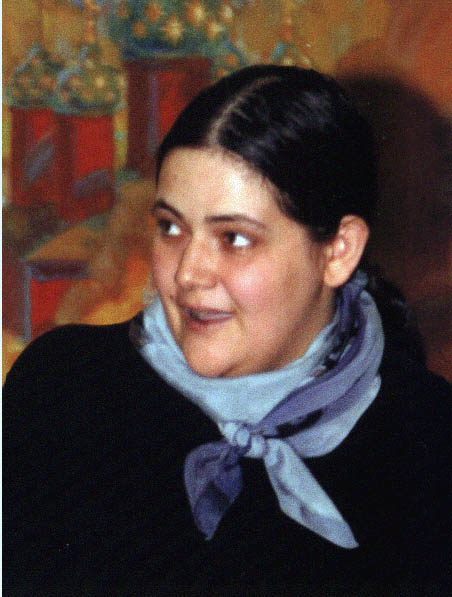The article describes one of the examples of the ganmon genre in Japanese Buddhist literature: the text of Yoshishige-no Yasutane (933–1002), compiled in 985 for the commemoration rite of Princess Sonshi (addressee of Sanbō ekotoba) and included into the Honchō Monzui collection. In this ganmon, a noble woman appears as the incarnation of bodhisattva: although in childhood and youth the princess was a priestess of Kamo shrine, then became the sovereign's wife and only became a nun shortly before her death, her life choice is described as moving along the path of the Buddha to the rebirth in Pure Land. Like other compilers of gammon texts, Yasutane combines references to Buddhist scriptures with motifs from Chinese secular poetry. The rite of commemoration, of which he speaks, is indicative from point of view of the selection of Buddhist sutras presented to the temple – those that were most popular in Japan and were considered especially useful for women. Among the Japanese texts about Kannon (Avalokiteśvara), this gammon is interesting by the sense in which the fate of a woman, in her life and after death, can be considered the realization of the Bodhisattva's merciful practice. The article is accompanied by translation of the Yasutane’s ganmon.
Keywords: Buddhism in Japan, women in Buddhism, Avalokiteśvara, Yoshishige no Yasutane
DOI: 10.22250/2072-8662.2019.2.66-76
About the author
 |
Nadezhda N. Trubnikova – DSc (Philosophy), Leading Researcher at the Laboratory of Oriental Studies, School of Advanced Studies in the Humanities, The Russian Presidential Academy of National Economy and Public Administration; Deputy Chief Editor of “Voprosy Filosofii” (Problems of Philosophy) Journal, Professor at The Institute of Asian and African Studies, Lomonosow Moscow State University; Moscow, Russia; This email address is being protected from spambots. You need JavaScript enabled to view it.
|